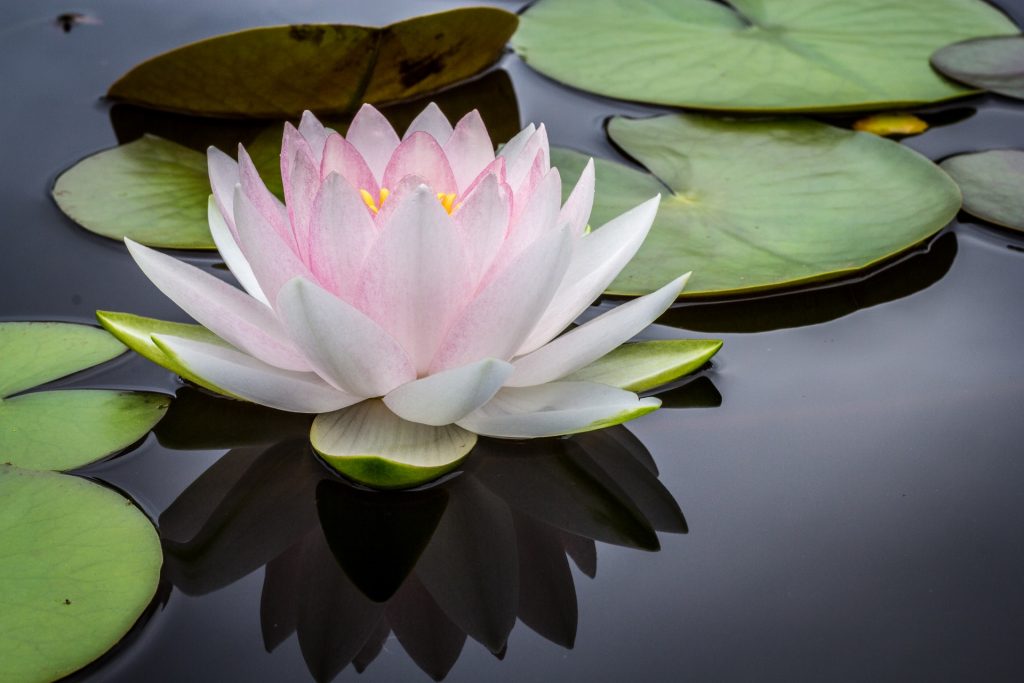At first glance, mindfulness seems to be a pretty straightforward word. It pertains to being present and in the moment – to fully engage in the here and now. Of course, that is easier said than done. More often than not, we unknowingly veer away from the things at hand.
That is why we must take a closer look at mindfulness and what it entails. Despite its increasing popularity, it is something that people do not yet fully understand. Given its potential as a personal philosophy and lifestyle, we must remedy this.
I would attribute a large portion of my happiness and success to this simple concept. The day I began learning to be mindful, all the pieces started falling into place.
That is why this guide will delve into the core concepts of mindfulness, what it can do, and how you can do it yourself. So, be sure to keep reading!

So, before anything else, we have to look at mindfulness. We need to focus on what it is and how we understand it. That said: mindfulness pertains to our ability to be present. It also refers to our innate capacity to ground ourselves in the moment – prioritizing where we are and what we are doing.
This means that the goal is to reduce our fears and anxieties about things that have happened in the past and the things that may happen in the future. This focus prevents the individual from being overwhelmed by the different things around us.
Mindfulness is also defined by the following:
- Innate Capability – Mindfulness is said to be a quality that every individual has. It is not something we conjure out of thin air. Rather, it is something we need to master so you can learn how to access it at will.
- Honed Skill – Despite being an innate capability, the efficiency and effectiveness of such any will need to be cultivated over time. This is why mindfulness needs to be practiced and proven techniques need to be learned to help you better access this skill in the first place. There are several ways to do so, ranging from meditative techniques, yoga, and sports.
- Introspective Reflection – Mindfulness meditation is the perfect time for you to step outside yourself and explore the full potential of your mind once it is free from all the other anxieties that inevitably weigh you down.
- Mental and Physical Activity – The last thing we want is to give the impression that mindfulness is all in your head. The truth is that it begins and ends in your body. After all, your brain is an organ of your body. Moreover, your mental health will inevitably have a concrete impact on your physical well-being. It has been proven that if the mind is stressed, then its symptoms will also manifest elsewhere. Now, when your mind is at ease, the rest of the body can relax as well.
Looking at these characteristics, it is made clear that mindfulness draws from the rich traditions of Buddhism and other religions that prioritize the cultivation of a person’s spirituality through personal improvement. The difference is that mindfulness focuses solely on shifting your thoughts away from the things that usually distract you from achieving a greater appreciation of life.
It is also worth noting that since becoming a mainstream practice, mindfulness has actively played a role in addressing a wide array of conditions. The perspective it lends also gives people the right mindset to take on their problems head-on.

Needless to say, mindfulness brings several benefits including reduced stress levels and improved performance. Moreover, mindfulness also provides you with crucial insight and awareness as well as enhanced sensitivity to the needs of others.
That said, here are the specific ways these benefits manifest:
- Improved Well-being – By practicing mindfulness you can appreciate and savor the oft-ignored pleasures of life. This means you will no longer be hampered by insecurities about the past and doubts about the future. Needless to say, the ability to fully absorb everything happening around you also works both ways. For instance, it leaves you better equipped to deal with adversities and problems that may come your way. At the same time, your ego and petty concerns will take a backseat as you strive to form deeper connections with others.
- Enhanced Mental Health – Therapists, psychologists, and psychiatrists have made the most of mindfulness and its potential to address certain mental health conditions. Though far from being the ultimate cure, it has become an integral part of treating real conditions like anxiety, eating disorders, substance abuse, and depression among others.
- Better Physical health – By getting rid of all the sources and triggers of anxiety and stress, you are doing your body a great favor. After all, stress is one of the primary reasons why people develop heart disease and high blood pressure. The same goes for insomnia and certain gastrointestinal problems.
Of course, it would be no use to fixate on the potential benefits. After all, getting ahead of yourself will only serve to hamper the process. Instead, you will need to do better and just focus on the practice itself.

Now that we have discussed what mindfulness is and its potential benefits, it is worth looking at the different ways you can practice it. After all, there are several techniques that you can try your hand in if you want to refocus and achieve optimal engagement.
Listed below are two of the mindfulness techniques that you can try.
- Basic meditation – Find a spot where you can sit quietly. Start focusing on your natural breathing and zone out. Sometimes, repeating a mantra can help with this task. Allow the thoughts to pass through you and just focus on your breathing. By integrating this as a regular part of your day, you’ll come out of the experience more centered and present.
- Emotional Meditation – The whole point of this technique is to allow emotions to pass through you. This means coming to terms with what you are feeling without making any judgments. This is not to dismiss them but to accept the reality and give yourself a bit of distance as you reckon with what you are going through.

You can apply these principles of mindfulness to other stressors and stimuli that you encounter. Make sure to remember why it works as you may be able to apply it in your life. After all, a bit of mindfulness never hurt.



